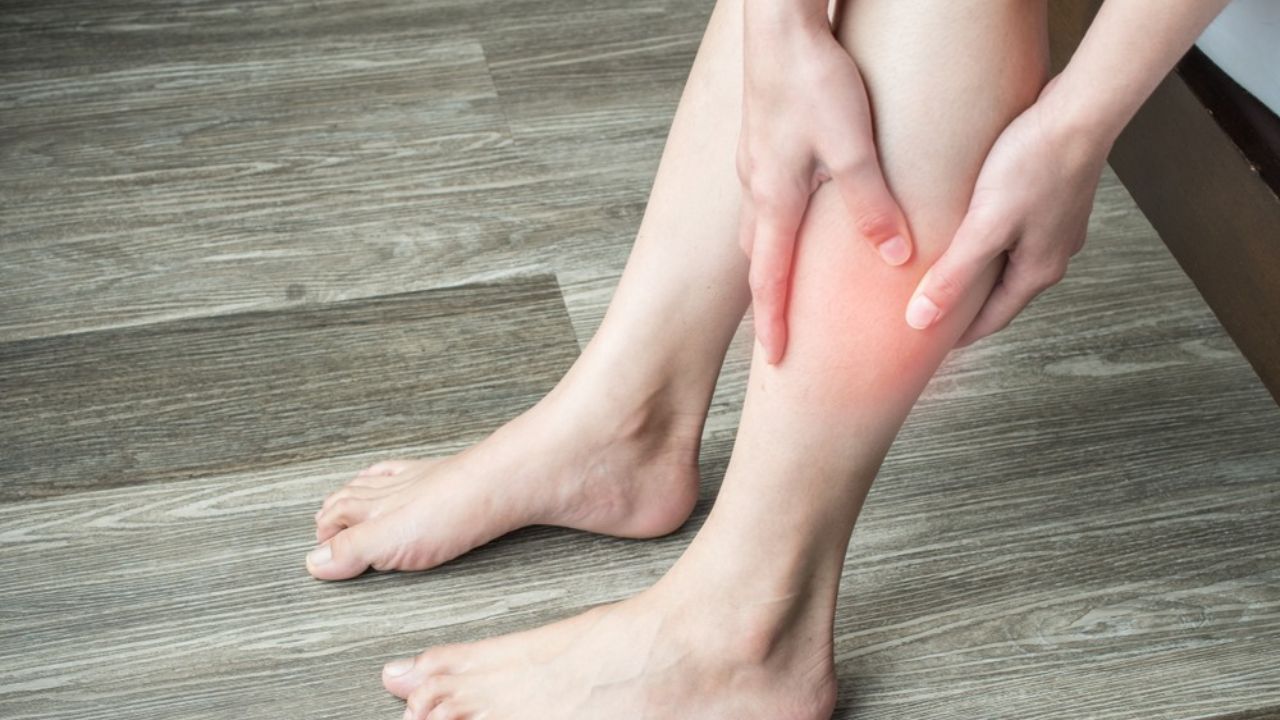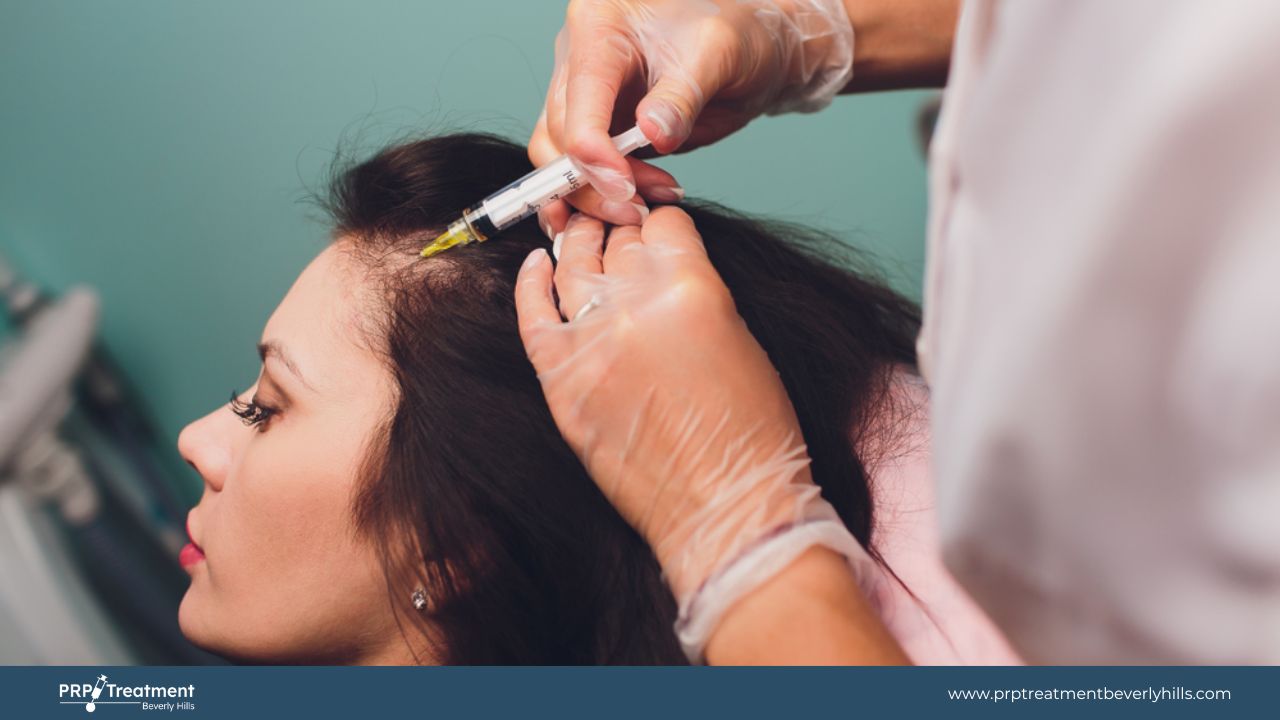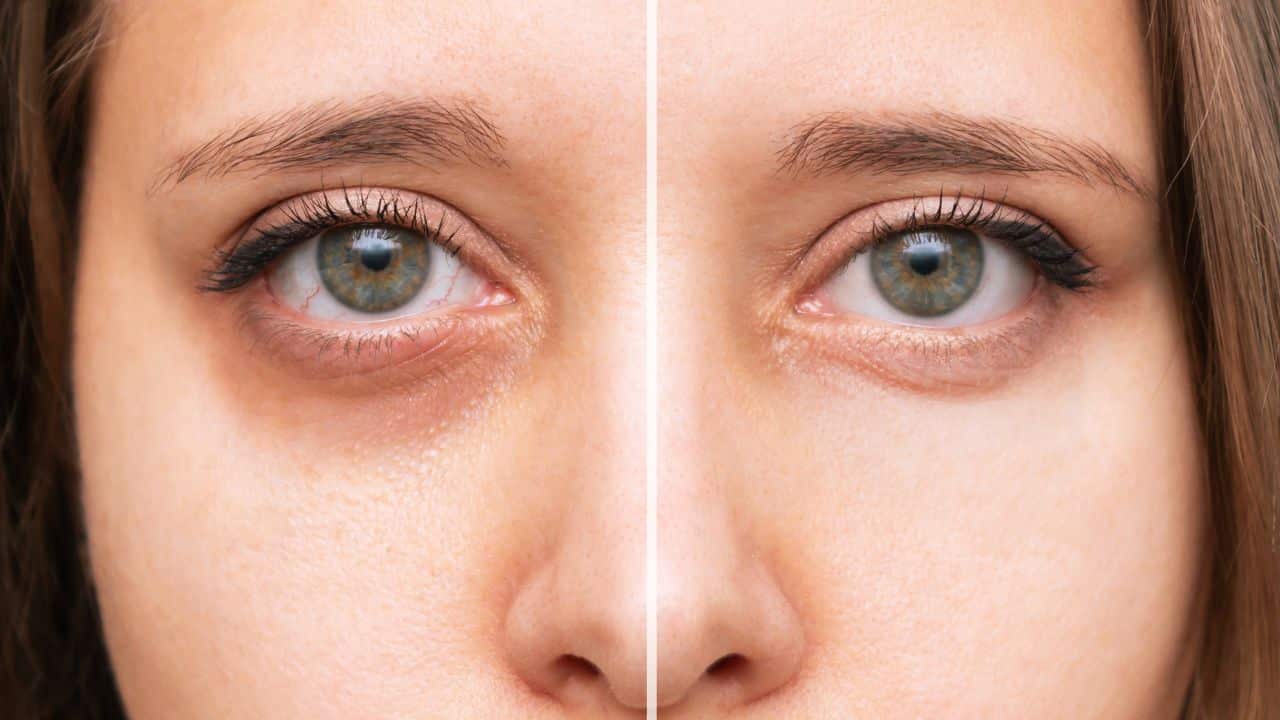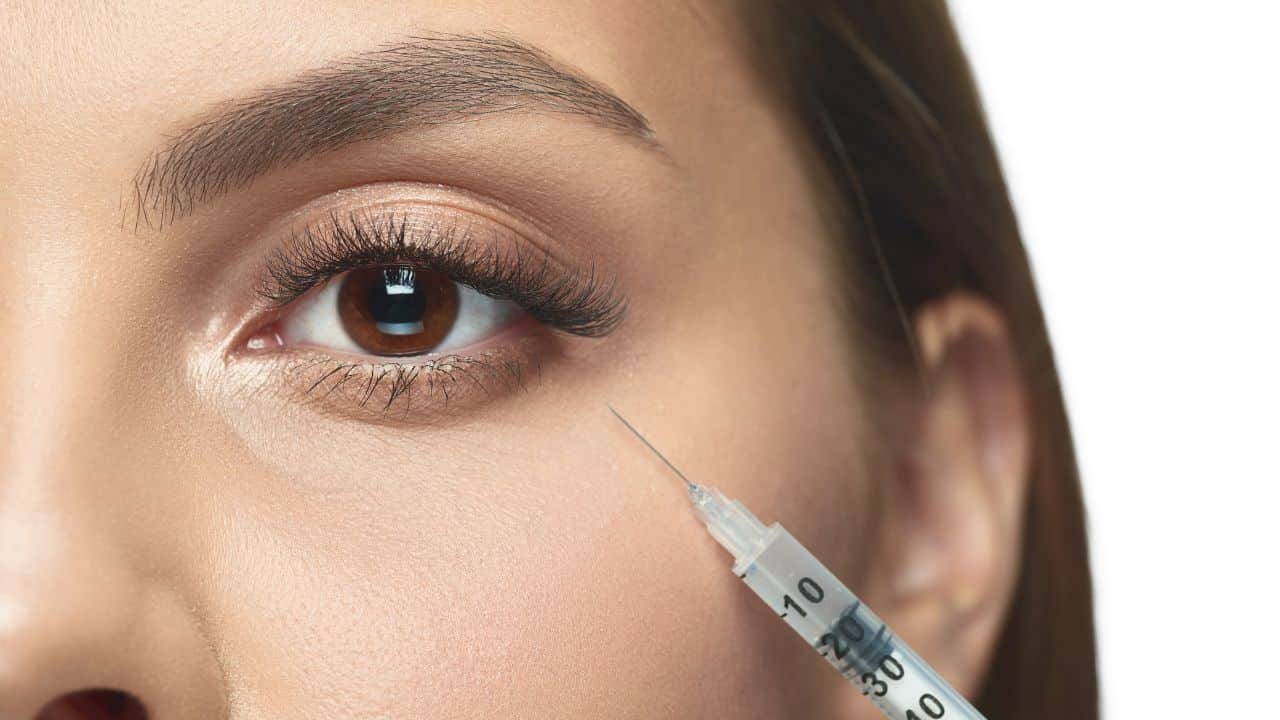Platelet rich plasma (PRP) therapy has become an increasingly popular treatment option for various conditions, from joint pain to hair loss. This innovative therapy uses a patient’s blood to stimulate healing and regeneration in the body.
While PRP is generally considered safe and effective, it is crucial to be aware of the potential side effects associated with the treatment.
In this blog post, we will explore the most common side effects of PRP injections and provide tips on minimizing the risks and maximizing the benefits of the treatment.
Choosing a qualified and experienced healthcare provider is crucial if you are considering PRP therapy. So you can consider PRP Treatment Beverly Hills Clinic. Our expert team can guide you through the treatment process and help you achieve the best possible results.
Keep reading to learn more about the side effects of PRP therapy and how to make the most of this innovative treatment option.
Side Effects Of Platelet Rich Plasma Injections
Let’s delve into the potential side effects of platelet rich plasma (PRP) injections. While PRP is generally considered safe, knowing the risks associated with the treatment is crucial. Keep reading to learn more about PRP therapy’s most common side effects and how to minimize them.
Pain and Discomfort
One of the most common side effects of platelet rich plasma injections is pain and discomfort at the injection site. This is usually a temporary and mild side effect that typically lasts a few days to a week.
Patients who received PRP injections for oral surgery reported mild to moderate pain and swelling in the first few days following the procedure. However, these symptoms resolved within a week and did not require additional treatment.

Inflammation and Swelling
In some cases, platelet rich plasma injections can cause inflammation and swelling at the injection site. This is also a temporary side effect and usually resolves within a few days.
PRP injections for knee osteoarthritis recipients experienced mild to moderate swelling and inflammation at the injection site. However, these symptoms resolved within a few days, and the patients reported improved knee function and decreased pain.
Infection
Although rare, there is a risk of infection with platelet rich plasma injections. This can occur if proper sterilization techniques are not followed, or the injection is performed in an unclean environment.
A study published in the Journal of Shoulder and Elbow Surgery found that only two developed infections out of 1,073 patients who received PRP injections for rotator cuff injuries. Both patients were successfully treated with antibiotics.
Allergic Reactions
Some patients may experience allergic reactions to the materials used to prepare the PRP injection, such as anticoagulants or preservatives. Symptoms of an allergic reaction can include hives, itching, and difficulty breathing.
Patients with chronic urticaria (hives) experienced worsening symptoms after receiving PRP injections. However, the researchers concluded this was likely due to the patient’s underlying condition rather than the PRP injections themselves.
Nerve Damage
There is a small risk of nerve damage with platelet rich plasma injections, mainly if the injection is performed near a nerve. Symptoms of nerve damage can include numbness, tingling, or weakness in the affected area.
A case report published in the Journal of Pain Research described a patient who developed nerve damage after receiving a PRP injection for plantar fasciitis. The patient experienced persistent pain and numbness in the foot and required additional treatment to manage the symptoms.
Blood Clots

There is a theoretical risk of blood clots with platelet rich plasma injections, particularly if the patient has a history of blood clotting disorders or is taking blood thinners. However, there is currently no conclusive evidence to support this theory.
However, little scientific evidence suggests that PRP injections increase the risk of blood clots
Who Should Avoid PRP Treatment?
Platelet rich plasma (PRP) treatment is generally safe and well-tolerated, but certain groups of people may not be good candidates for the treatment. Here are some examples of people who should avoid PRP treatment:
People with Blood Disorders or Bleeding Disorders
Platelet rich plasma contains a high concentration of platelets, which are responsible for blood clotting. As a result, people with blood disorders or bleeding disorders, such as hemophilia or thrombocytopenia, may not be good candidates for PRP treatment. The treatment could increase their risk of bleeding or blood clotting.
People Taking Certain Medications
Certain medications, such as blood thinners or nonsteroidal anti-inflammatory drugs (NSAIDs), can interfere with the blood-clotting process and increase the risk of bleeding. People taking these medications may need to stop taking them before undergoing PRP treatment.
Pregnant or Breastfeeding Women
There is limited research on the safety of PRP treatment during pregnancy and breastfeeding, so it is generally not recommended for pregnant or breastfeeding women.
People with Cancer or Autoimmune Diseases
People with certain medical conditions, such as cancer or autoimmune diseases, may not be good candidates for PRP treatment. This is because the treatment could potentially stimulate the growth of cancer cells or exacerbate autoimmune symptoms.
People with Skin Infections or Open Wounds
PRP treatment involves injecting platelet-rich plasma into the skin, so people with skin infections or open wounds in the treatment area may not be good candidates for the treatment. This is because the injection could introduce bacteria into the skin and increase the risk of infection.
What Can You Not Do After PRP?
After undergoing platelet rich plasma (PRP) treatment, certain activities and behaviors should be avoided to ensure proper healing and optimize the treatment results. Here are some examples of things you should not do after PRP:
Engage in Strenuous Activity
Avoid strenuous activity, such as heavy lifting or high-intensity exercise, for at least 24 to 48 hours after PRP treatment. This allows the injection site to heal and minimize the risk of bleeding or bruising.
Take Anti-inflammatory Medications
Anti-inflammatory medications, such as aspirin or ibuprofen, can interfere with the healing process and reduce the effectiveness of the PRP treatment. You should avoid taking these medications for several days before and after the treatment unless specifically directed by your healthcare provider.
Drink Alcohol or Smoke
Alcohol and smoking can interfere with healing and increase the risk of complications. You should avoid drinking alcohol and smoking for several days before and after PRP treatment.
Apply Ice or Heat to the Injection Site
Applying ice or heat to the injection site can interfere with the healing process and reduce the effectiveness of the PRP treatment. You should avoid using ice or heat at the injection site for at least 24 to 48 hours after the treatment.
Touch or Massage the Injection Site
Touching or massaging the injection site can interfere with the healing process and increase the risk of infection. You should avoid touching or rubbing the injection site for at least 24 to 48 hours after the treatment.
How Can You Make PRP More Successful?
If you are considering platelet rich plasma (PRP) treatment, you may wonder how to optimize the results and make the treatment more successful. Here are some tips to help maximize the effectiveness of PRP:
- Choose a qualified healthcare provider: It is vital to choose a healthcare provider who is experienced and qualified to perform PRP treatment. Look for a provider with a successful track record and positive patient reviews.
- Follow a healthy lifestyle: Eating a healthy diet, staying hydrated, and getting regular exercise can help promote healthy blood flow and optimize the effectiveness of PRP treatment.
- Avoid smoking and excessive alcohol consumption: Smoking and excessive alcohol consumption can interfere with the healing process and reduce the effectiveness of PRP treatment. If you smoke or drink alcohol, consider quitting or cutting back before undergoing PRP treatment.
- Follow post-treatment instructions: Your healthcare provider will instruct how to care for the injection site and what activities to avoid after PRP treatment. It is essential to follow these instructions closely to optimize the treatment results.
- Consider combining PRP with other treatments: PRP treatment can be combined with other treatments, such as microneedling or laser therapy, to enhance its effectiveness. Talk to your healthcare provider about whether combining PRP with other treatments may suit you.
- Be patient: PRP treatment can take several weeks or months to produce noticeable results. It is important to be patient and give the treatment time to work.
Conclusion
Platelet-rich plasma therapy is a promising treatment option for various conditions, but it is important to be aware of the potential side effects associated with the treatment. By understanding the risks and taking steps to minimize them, you can maximize the benefits of PRP therapy and achieve the best possible results.
Remember to choose a qualified healthcare provider like Dr. David Nazarian, with the expertise and experience to guide you through the treatment process and ensure your safety and satisfaction.
If you want to learn more about PRP therapy and how it can benefit you, contact PRP Treatment Beverly Hills Clinic today to schedule a consultation. With the proper care and guidance, you can harness the power of PRP therapy to enhance your health and wellbeing.





